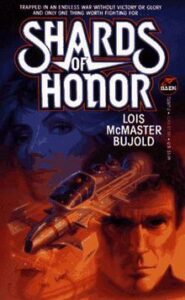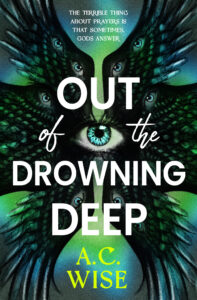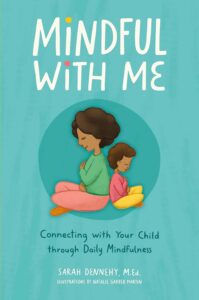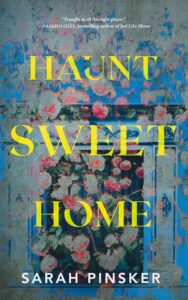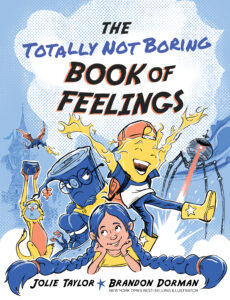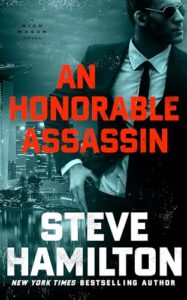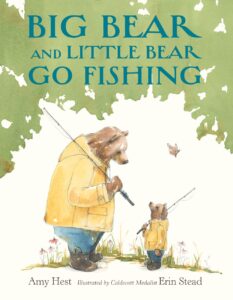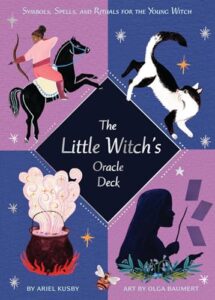Oh wow, getting into this hit hard. Like Ciera Burch, I never went to sleepaway camp, and wound up writing a book/game on the subject. I designed that roleplaying game on my former best friend, the same way choreographers create dances on certain performers. Unfortunately for me, that person I relied on and trusted more than anyone else in the world destroyed our relationship almost exactly a year ago. So getting into this book that otherwise seems very tailor-made for me reopened a lot of still-healing wounds, forcing me to contend with emotions that I thought I’d already dealt with successfully.
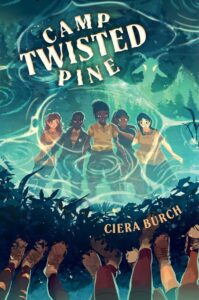 Because this isn’t just a fun story about kids going to summer camp, with a diverse cast, sapphic first crush, loads of nature info, supernatural adventure and a setting in New Jersey’s Pine Barrens (with, yes, campfire stories about the Jersey Devil!) It’s also very much the tale of a girl who’s been thrust into the role of the quiet, obedient eldest daughter, who loves nature but loves it most from the cool tranquility of library research, whose parents’ marriage has undramatically but irreversibly fallen apart. When Naomi’s parents first float the idea of sending her and her younger twin brothers to Camp Twisted Pine for a few weeks, Naomi is resistant not only because she’s not the outdoorsy type, but because she knows perfectly well that her parents are going to use the trip as an opportunity to reset their home life and move her Dad out of the family home without actually telling any of the kids.
Because this isn’t just a fun story about kids going to summer camp, with a diverse cast, sapphic first crush, loads of nature info, supernatural adventure and a setting in New Jersey’s Pine Barrens (with, yes, campfire stories about the Jersey Devil!) It’s also very much the tale of a girl who’s been thrust into the role of the quiet, obedient eldest daughter, who loves nature but loves it most from the cool tranquility of library research, whose parents’ marriage has undramatically but irreversibly fallen apart. When Naomi’s parents first float the idea of sending her and her younger twin brothers to Camp Twisted Pine for a few weeks, Naomi is resistant not only because she’s not the outdoorsy type, but because she knows perfectly well that her parents are going to use the trip as an opportunity to reset their home life and move her Dad out of the family home without actually telling any of the kids.
Naomi, being an eminently reasonable kind of person, just wants her parents to talk to her. She doesn’t want to come home and find that life has changed all around her. Her parents might think it’s okay to make decisions about her life without consulting her, but there really are some things that need to be discussed as a family, not just handed down by fiat. And even tho Naomi knows that she can’t change her parents’ feeling about each other, it still hurts to be treated like an object, as if her feelings about all the change their family is going through don’t matter. Worst of all, when creepy and downright dangerous things start happening at camp, she tries to call her dad — the parent she knows will actually give her the time of day — and he refuses to listen to her, assuming that she’s just making excuses to come home. In fact, none of the camp counselors will listen when she tries to tell them that one of her cabin mates has gone missing in the woods.

